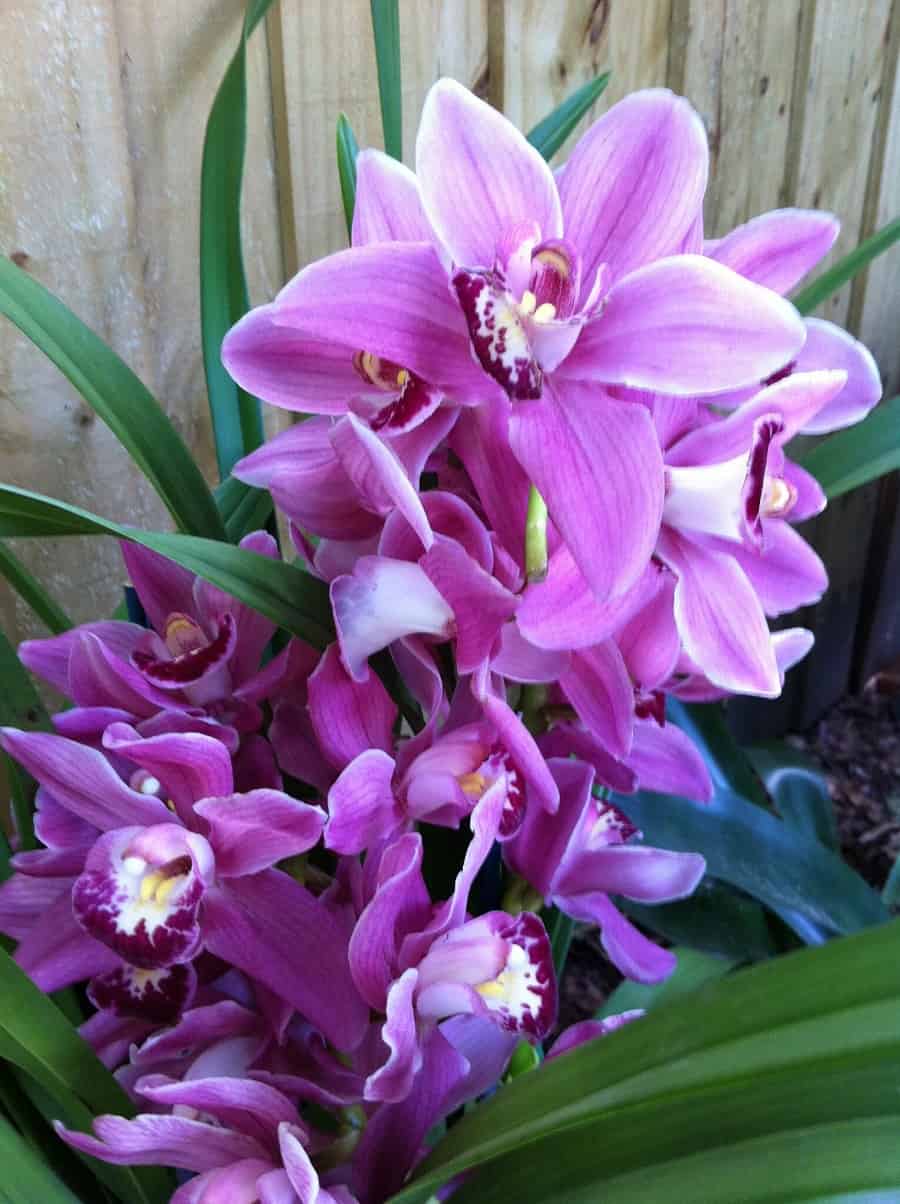Orchids are a family of monocotyledonous plants, which are distinguished by the complexity of their flowers.
The leaves are born from the rhizome or aerial stems, which are simple and with an entire margin, dark green in color. The flowers in most species grow in an elongated, erect raceme.
Orchids are one of the most appreciated decorative flowers for their , especially for their striking colors.
At the same time, they are a very delicate plant that requires specific care to stay healthy.
You may like: How to Rebloom Amaryllis
How to rebloom orchids?
But, don’t worry, here are some tricks that will help you make your Orchid bloom again.
Illumination
Although each type of orchid has specific lighting needs, the truth is that this element is key to flowering.
The truth is that if the plant does not receive a good number of hours of indirect light, the orchid will not bloom.
For this reason, you should place your Orchid in a place where the plant receives a good amount of lighting but not direct sun.
An indication that your Orchids are receiving an adequate amount of sun is that if the leaves are dark green, it implies that there is not enough light, while if the leaves are medium to light green, they are receiving enough light.
Now, if the leaves are yellowish, there is an excess in sunlight.
Adequate humidity
Due to its humid tropical climates’ origin, orchids require an environmental humidity of between 60 and 80%.
During the winter or if you live in an area with high humidity, avoid watering excessively, but if you live in a dry place or have very high heating in your house, you should water more frequently, but not more than once a week.
The best way to know if it’s time to water is to take a look at the substrate and see if it is wet; if so, avoid watering your plant once it dries, water again.
Fertilizers
Orchids need a good fertilizer to help them bloom; just remember that it must be a specific fertilizer for these types of plants.
The fertilizer you choose should have nitrogen (N), phosphorus (P), potassium (K), and iron.
You should fertilize between March and November, resting the rest of the year.
You can also fertilize when you notice a flower spike emerge.
Keep in mind not to overfertilize your plant since this will only cause the plant to burn.
Follow the recommendations that come on the fertilizer package.
Patience
Orchids have a resting time, which is normal for plants, so you must be patient to see your plant bloom again.
For example, Phalaenopsis orchids take one to several months to rebloom.
While the Cymbidium bloom annually.
You need to know your Orchid’s stage to provide the proper care they need, and this will help you understand more about their bloom.
Orchids have four stages:
1. Leaf Growth
2. Flowering
3. Root Growth
4. Dormancy
For example, during the period of inactivity or dormancy, it is best to stop fertilizing our plant and reduce watering.
While the orchid is still functioning during the root and leaf growth period, you need to provide it with good moisture and add a good fertilizer.
Bad genes
When the plant does not have good health, no matter how much care you give your plant, it will never flower.
So it is better to buy a specimen that already has flowers because this way, you make sure that the plant has the ability to flower.
Pruning
This tip is more specific to the Phalaenopsis orchid species (although you can apply it to other species); cut the flower stem at the node just below the last flower.
Alternatively, cut the stem from the crown of the plant; this will give the plant more time to rejuvenate.
It is also good that you maintain your plant’s health by removing leaves that are wilted or that have been attacked by some disease or plague.
All this will help the plant to be in the most optimal conditions to flourish.
